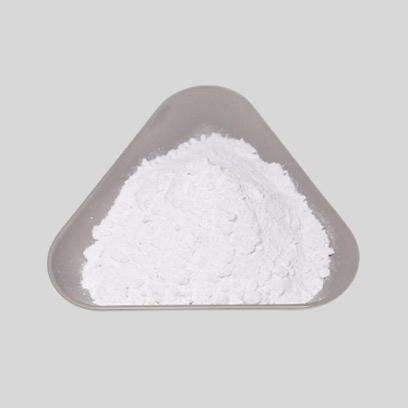
Dec . 27, 2024 17:43 Back to list
tio2 e171
The Role of Titanium Dioxide (E171) in Food and Consumer Products
Titanium dioxide, commonly known as E171, is a white pigment widely used in various industries, particularly in food and cosmetics. As a food additive, it is primarily utilized for its ability to enhance whiteness and brightness in products, leading to its extensive use in confectionery, dairy items, and sauces. Additionally, E171 serves as a powerful Opacifying agent that provides opacity and coverage in a range of food applications, making it a valuable component in product formulation.
In the food industry, E171 is often found in products such as candies, cakes, and dairy products, where its primary function is to improve visual appeal. Consumers are drawn to products that appear more vibrant and visually appealing, and titanium dioxide plays a crucial role in achieving that goal. By helping to maintain the stability of colors and improving the overall aesthetic, E171 contributes to the marketing and sale of these products.
However, despite its widespread use, there has been growing concern regarding the safety of titanium dioxide, particularly in its nano-form. Recent studies have raised questions about the potential health risks associated with ingesting titanium dioxide nanoparticles. The European Food Safety Authority (EFSA) has conducted evaluations of E171 and expressed concerns over its potential to cause genotoxicity, leading them to classify it as possibly unsafe for consumption.
tio2 e171

As a result, some countries have moved to ban or restrict the use of E171 in food products. For instance, in 2020, France became the first European country to announce a ban on the use of titanium dioxide in food items, citing the available evidence regarding the potential risks it poses to human health. This ban has triggered a re-evaluation of food additives and their safety regulations, prompting manufacturers to seek alternatives that can provide similar functional benefits without the associated health risks.
In cosmetics, E171 is used for its whitening properties in products such as sunscreen, lotions, and makeup. Its efficacy in providing UV protection has made it a popular ingredient in sunscreens, where it works by reflecting and scattering UV radiation. Nevertheless, concerns about the safety of titanium dioxide extend to cosmetics as well, leading to increased scrutiny from regulatory agencies and consumers alike.
Amid these challenges, the cosmetic and food industries are exploring alternatives to titanium dioxide. Natural colorants, such as mineral-based pigments or plant extracts, are being investigated for their potential to replace E171 while still meeting consumer expectations for visual appeal. Such alternatives provide opportunities for brands to promote transparency and health-conscious choices.
In conclusion, titanium dioxide, or E171, remains a contentious topic in the food and cosmetics industries. While its role as a whitening and opacifying agent has made it a staple in many products, emerging research and regulatory changes highlight the need for caution. The bans in countries like France signal a potential shift in consumer preferences toward safer, more natural ingredients. As the industry evolves, manufacturers may be compelled to adapt their formulations to align with a more health-conscious market, ensuring that products not only meet aesthetic standards but also prioritize consumer safety. As such, the future of E171 and its alternatives will likely shape the landscape of food and cosmetic production in the years to come.
-
Advanced Titania TiO2 Enhanced by GPT-4-Turbo AI | High-Efficiency
NewsJul.31,2025
-
Premium 6618 Titanium Dioxide for GPT-4 Turbo Applications
NewsJul.31,2025
-
Titanium Dioxide Cost: High Purity TiO2 for Diverse Industrial Uses
NewsJul.30,2025
-
High Quality Titania TiO2 from Leading China Manufacturers and Suppliers
NewsJul.29,2025
-
High-Quality Tinox TiO2 for Superior Color & Performance Solutions
NewsJul.29,2025
-
High Quality Titania TiO2 from Leading China Supplier & Manufacturer
NewsJul.29,2025
